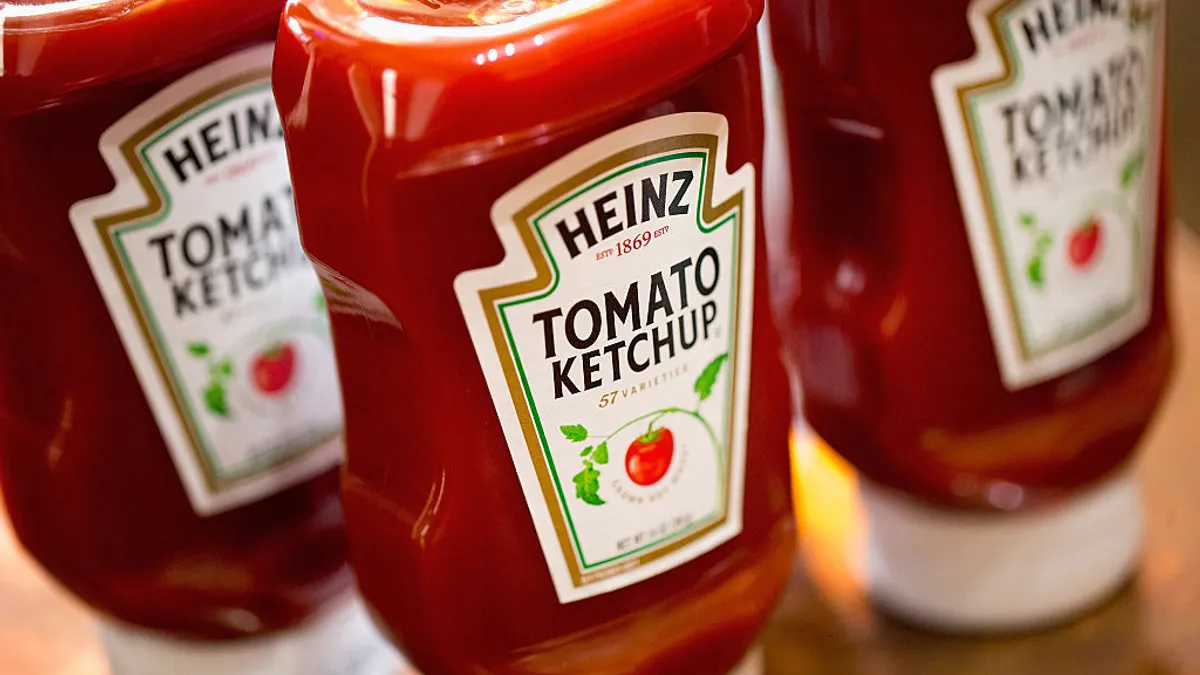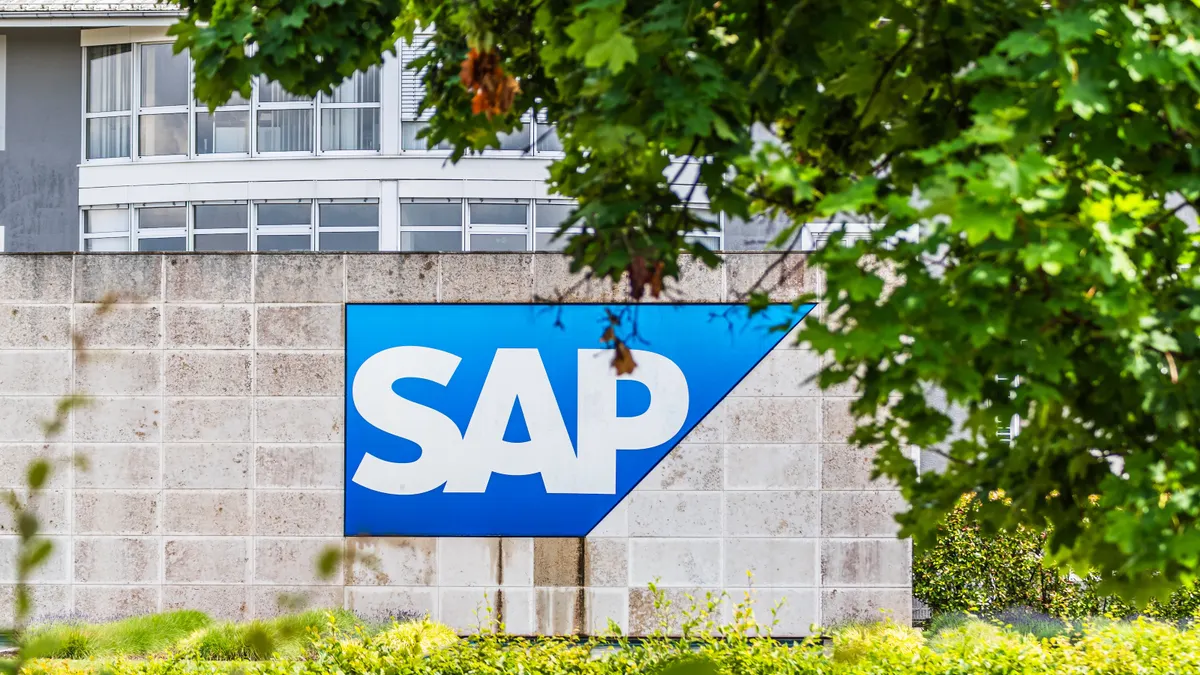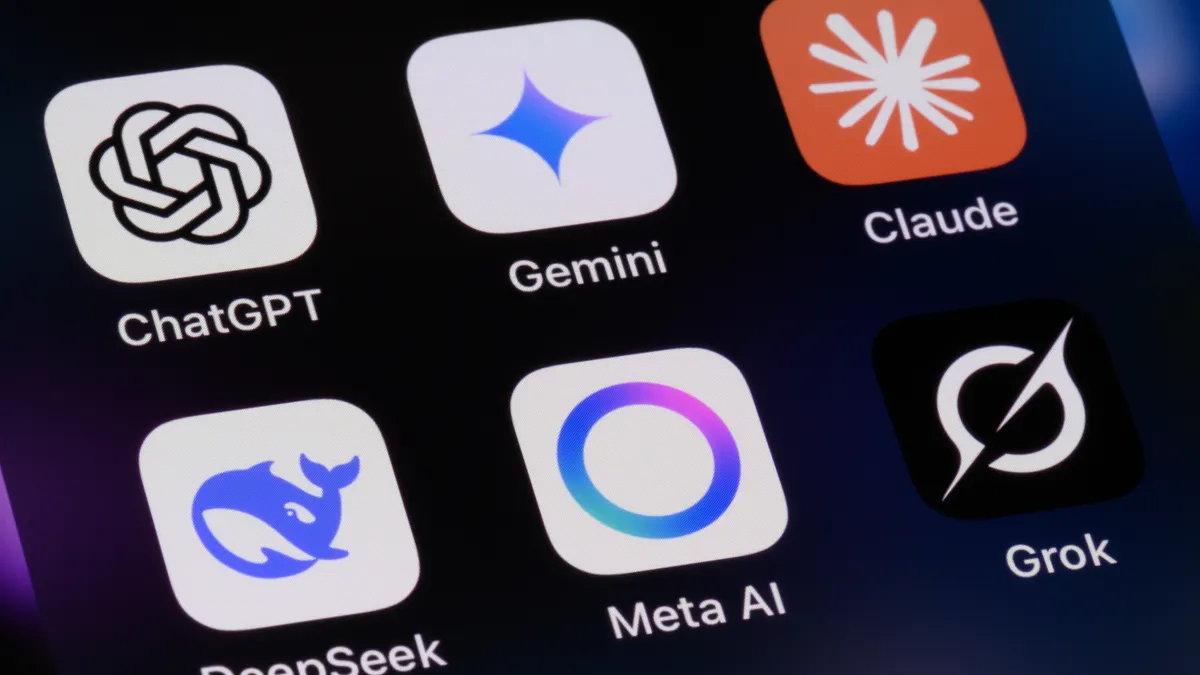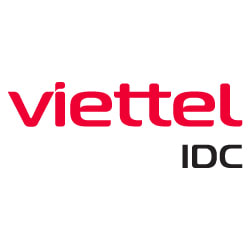Kraft Heinz posted a $12.6 billion net loss in February after it wrote down the value of its Kraft and Oscar Mayer brands by more than $15 billion. The company's stock dropped immediately by 25%. The move, while costly, was a one-off.
The real focus is the industry stalwart's slow decline on the market.
Financial analysts are optimistic; Kraft Heinz is cushioned by iconic brands and data.

Data can suggest a recipe tweak, prescribe a more prominent spot on grocery shelves and provide stability in operations and the stock exchange.
Kraft Heinz named Corrado Azzarita, who has a background — and love — for data analytics, as global CIO in September.
"We are looking into technologies that can help us predict how to change the formula of a specific product to better match the tastes of a certain set of consumers. It's a data-driven recipe formulation," Azzarita told CIO Dive.
Despite Kraft Heinz trading at "a sizable discount" it's on the financial rebound, wrote Joseph L. Shafer, in his stock evaluation of the company. Shafer expects CEO Miguel Patricio, appointed in April, to boost the company's market standing.
Patricio is changing Kraft Heinz's cost optimization model, steering it through "tough times," said Azzarita. "I told him, 'Miguel, are you willing to make decisions that short term are pains but long term are gains?'" The CEO's answer was "absolutely ... The previous management [had] a different strategy."
Azzarita's experience in data, will prove valuable. His promotion from VP of IT to global CIO gives data a seat at the C-suite table.
"Think about a new CIO coming in; they're going to start to look at the data, bring a comprehensive use of the data, and how the company organizes and manages and uses data," Kathy Rudy, partner at ISG, told CIO Dive.
"But then the next thing — that's the most exciting thing — is then envisioning what you don't know that the data is going to tell you," she said.
CIOs who are into data
Though Azzarita's background extends across IT domains, data analytics is a favorite. Analytics "is a passion of mine," he said.
Companies could start to bring in more data-intensive professionals as CIOs, said Rudy. CIOs with a background in leveraging data for building internal and external platforms, and monetizing data for introducing new products and services to the marketplace.
When used properly, data gives companies a competitive edge. However, data is not a self-sustaining business tool. It needs data scientists and a CIO to bolster it.
With data analytics,"you can see where processes stop, you can see points of failure, you can see dependencies, you can help optimize the business. This is what people normally do with technologies like machine learning," said Azzarita.
Azzarita uses a Gartner framework to approach analysis, using four types of data: descriptive, diagnostic, predictive and prescriptive.
The distinctions allow companies to understand what is happening, why it's happening, and what you can do to correct it. The "ultimate" data, or prescriptive data, allows for precise action points, such as how to lower prices in Canada, Azzarita said.
A legacy's place in data
Companies, including Uber and Amazon, use diagnostic data for determining prices. They've done this since their inception. Legacy companies had to learn.
While more traditional companies, including Kraft Heinz, have a more substantial collection of consumer data, it's likely stored in a format that's not usable, said Rudy. "Newer companies are thinking from the ground up how [they're] going to use data, so they build their technology around the purpose."
Kraft Heinz has collected data for 20 years using traditional SAP and Oracle systems, said Azzarita. "We are at the point where all of these systems are giving us a ton of data and a lot of data points."
"In the past, we could not analyze this amount of data. Now we can," he said.
Kraft Heinz introduced descriptive diagnosing and working out of a data lake based on Hadoop, though it's migrating to Microsoft Azure's Snowflake.
On top of its data lake, Kraft Heinz is putting a data modeling engine, Alteryx, and existing business intelligence tools, which includes Tableau and SAP stack. "In the future, you should be able to use your own BI tool," Azzarita said. "It's your brain that matters. The tool is not important."
While data analytic tools are second to talent, data is the powerhouse of change. And just because an industry titan has had years to collect consumer data, doesn't mean it's the right kind of data, Mike Rollings, VP analyst at Gartner, told CIO Dive.
About five years ago, companies realized they needed more data on behavior to compete in customer engagement, as behavioral analysis is quite different from demographic analysis. Companies — regardless of age — will always have data to collect, according to Rollings. No one has "all the data they need for every insight."
Enabling a data-driven enterprise
Historically, data has existed in silos because of an ownership misunderstanding.
People went to IT for a report, but now "the business of IT should be [giving] access to the data to do your job," said Azzarita.
Stepping into a manageable data analytics business requires an "intervention" in three areas: people, process and technology, he said.
Focusing on people two years ago, Kraft Heinz launched an internal 13-week training program, Zenith, to prepare employees to become analysts or data scientists.
"With the data driven enterprise, remember, the objective is not to just use data analytics as part of decision-making; we've been doing that since the days of stone tablets," said Rollings. It's about using data and insights in everything businesses do.
It leads to a typical issue with data analysis: silos and misidentifying data owners. Data literacy gaps is a phenomenon in enterprises where identical reports are produced because information sharing across business lines is weak, if not nonexistent.
To combat this, Kraft Heinz employees use Atlassian's Jira for creating virtual teams to collaborate on common subject areas. Democratizing data "liberates" the power of people to do report analyses on their own, according to Azzarita.
A brand might want more insight on coupon use. Questions to ask include:
-
Are customers obtaining coupons on our website?
-
Are the coupons easy to find on the website?
-
Do customers use their coupons on the website or in store? If in store, which one?
Departments often "don't talk to each other because you never considered that they would need to," said Rudy. But pulling disparate systems into a common platform is "hard work. Don't underestimate that."
Companies want to build their culture and systems so business units can "connect and talk, have the same taxonomy and be able to communicate," she said.
On the rebound
By its Q3 2019 earnings in October, Kraft Heinz stock gained back 11% following the net loss in February, but CFO Paulo Basilio expects Q4 to look like Q3. The company is expected to report Q4 2019 earnings on Feb. 20.
The company has to shed underperforming stock keeping units (bar codes for products), reform its customer focus, and make internal processes more efficient, reports CIO Dive's sister publication, Food Dive.
Kraft Heinz remains "the ultimate comfort food company," and has had a slow entrance into more trendy, health foods, said Shafer. It has to diversify its portfolio and innovate.
Basilio mentioned "a very deep strategic review" of the company during the Q3 2019 earnings call. "And in this analysis, in this review, a capital structure is going to be a very important chapter."
Research from Gartner found the mention of "data analytics" in earnings calls went from about 5,000 mentions in 2014 to more than 16,000 in 2018. The companies with more than 200 mentions across that timeframe earned an average 12.5% year-over-year increase in annual revenue. Companies with less than 100 mentions experienced a nearly negative 2% revenue growth.
"You can't have digital transformation without looking at your data," said Rollings.
Patricio is working to reinvest in the company to grow it. "What I do is protect the business, the lifecycle to keep lights on, the non-sexy work," said Azzarita. As CIO, Azzarita wants to "overachieve" his savings target so he can reinvest in optimization and create new business models. "By optimization, I mean the usage of technology to run existing processes better, faster, cheaper."
Kraft Heinz is leaning on data to pedal growth on the top and bottom line.
-
Top line growth: The company wants to see its marketing and sales departments leverage data to increase sales and revenue.
-
Bottom line growth: Azzarita wants to reduce operational costs, using data to guide where changes can be made.
"There are also combination projects, [such as] marketing mix modeling, where the focus is on the overall ROI and therefore we could increase revenue while reducing costs at the same time," he said.
Hypothetically, data can reveal that ketchup sales in Illinois are up Tuesdays and Wednesdays but not Mondays and Fridays, said Azzarita. "Maybe you'll discover that the stores that had the highest penetration at [the] close of those days, and maybe you change your distribution partner."
Correction: This article has been updated to clarify Mike Rollings comments on how behavioral analysis differs from demographic analysis and how companies use data and insights in everything in business.























